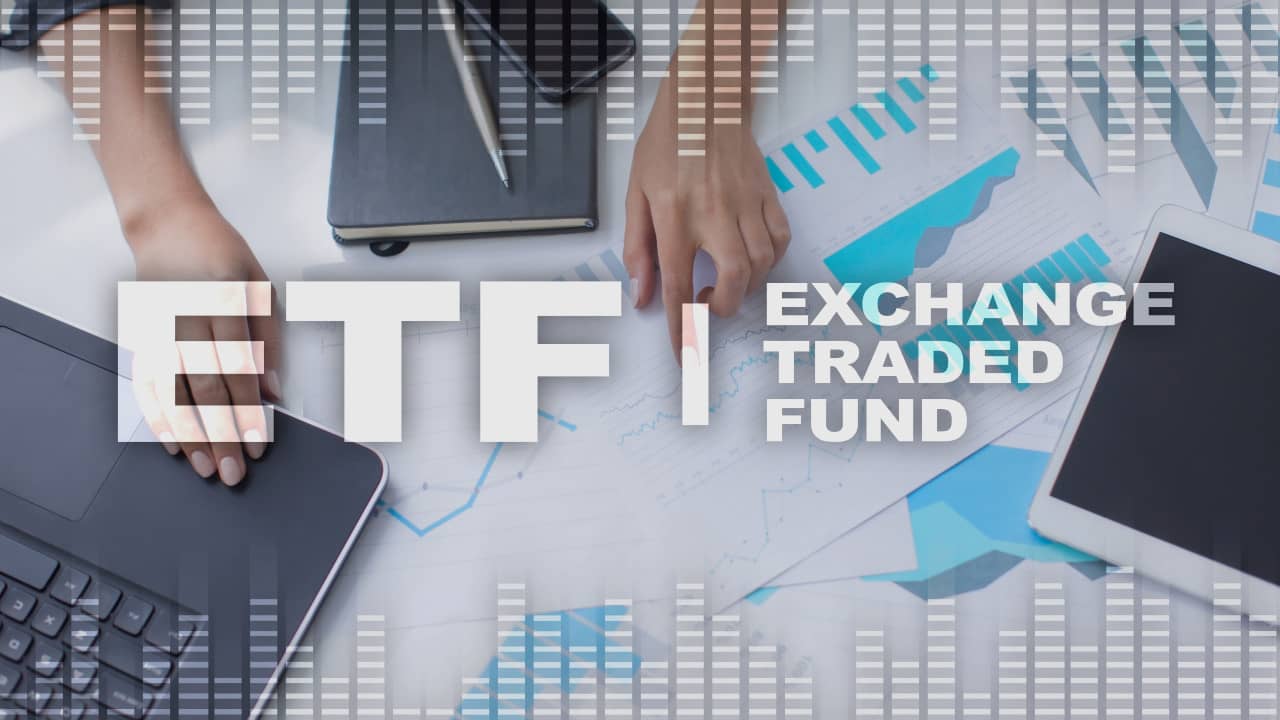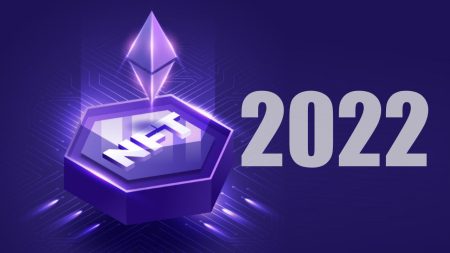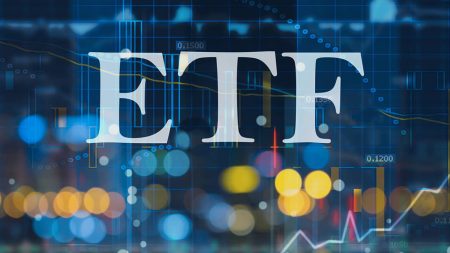Still little known to the general public, ETFs (for Exchange-Traded Fund) or listed index funds, also called trackers, hide under a complicated name a simple and efficient way to invest in the stock market.
They allow you to invest instantly and simultaneously in hundreds or even thousands of companies, as well as in government bonds (also called Treasury bonds).
Sommaire :
Definition of an ETF
An index fund is primarily an investment fund that aims to replicate the performance of a stock market index.
For example, an ETF with the CAC 40 as its benchmark index will invest in all CAC 40 companies instantly and simultaneously. Its performance, not surprisingly, will be equivalent to that of the CAC 40.
The management companies that manage these index funds give you the opportunity to invest your capital in them. As a result, you no longer need to choose companies one by one to build up a portfolio of assets, these baskets of shares allow you to invest in several hundred companies in one go.
Explanations in video:
SEE ALSO: Stock market: how to buy ETFs (Exchange-Traded Funds)?
An ETF replicates a stock market index
A traditional investment fund (SICAV or FCP) will try to build a basket of assets, piece by piece, with the objective of “beating the market”, i.e. obtaining a better performance than the average of the other investors. This approach mobilizes a lot of resources (analysis, research, time) for the management company that markets it. In return, it will charge significant fees. These fees ultimately reduce the return obtained by the investor. As a result, the outperformance targeted by the fund is rarely achieved.
ETFs are different from other investment funds.
In contrast, an index fund replicates a stock market index. A stock market index is generally made up of the largest companies in a country or a sector of activity. It therefore tends to reflect the economic evolution of a geographical area or an industrial sector. There are also indices for Treasury bills, which bring together the bond debt of several governments, and eco-responsible ETFs.
The objective of an index fund is to follow the evolution of its index as closely as possible. Consequently, their management is passive: they incur very few fees.
Advantage of ETFs: diversification at low cost
By investing with a tracker, you have the advantages of a traditional fund without the drawbacks. Your investment is diversified at low cost:
- You benefit from the overall movement of a geographical area without suffering the failures of an isolated company;
- By eliminating unnecessary intermediaries, the performance of index funds is not eroded by excessive fees.
Finally, you should know that most index funds are listed on a continuous basis, so they can be traded at any time during the opening hours of the stock markets. The issuing management companies intervene regularly to ensure liquidity and the correspondence between their price and that of the underlying index.

SEE ALSO: Investing passively in the stock market via ETFs: good or bad idea?
How do I invest in an index fund or ETF?
There are two ways to invest in an index fund. The first is to go through a broker or your bank. Be careful though, not all banks offer the possibility of investing in index funds. You will also have to pay attention to the transaction fees charged by your institution. Finally, you will need to carefully choose which index funds to invest in. A financial investment advisor can help you build your portfolio.
You can invest in an ETF with all the tax wrappers available in France: securities account, stock savings plan, and life insurance.
In most cases, life insurance will be the preferred account type, due to its tax advantages and flexibility. Nevertheless, in the long term, and provided that you can immobilize your savings at least 5 years, the stock savings plan can also present advantages.
You also have the possibility to choose an investment platform like Nalo. We take full advantage of ETFs by building for you a tailor-made and optimized tracker portfolio.
Whatever your objectives (preparing to buy an apartment, investing for your retirement, or for your children) and your wealth environment (income, real estate and financial assets, marital status), Nalo proposes and manages an ETF portfolio adapted to your profile.
Moreover, we take care of making your portfolio evolve over time, according to the economic situation and the horizon of your financial projects. You invest efficiently, and you don’t have to do anything else, just inform us of the evolution of your objectives and your patrimonial environment so that we can adapt your investments.










